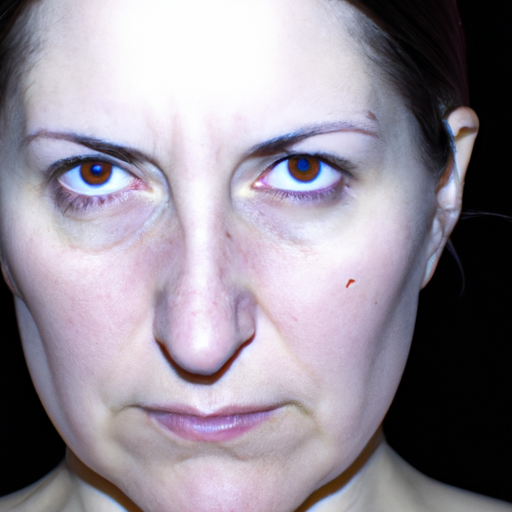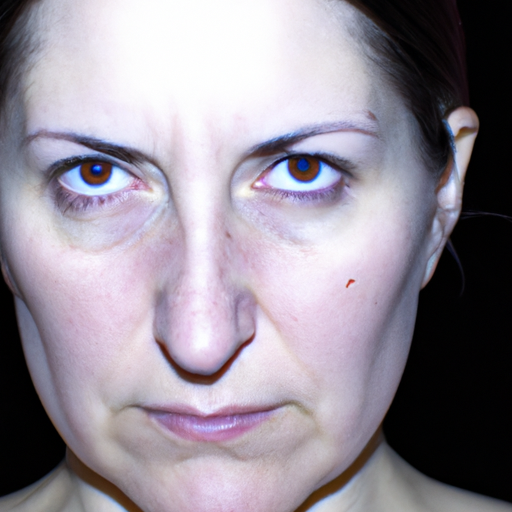As a dermatologist, I am often confronted with patients seeking solutions for a common skin condition known as hyperpigmentation. This condition, characterized by darkened patches of skin, can be a source of distress for many, impacting their self-esteem and overall quality of life. Therefore, it is crucial to understand the symptoms and causes of hyperpigmentation to effectively manage and treat this condition.
Hyperpigmentation presents itself in the form of darkened patches or spots on the skin that appear darker than the surrounding skin. These patches can vary in size and shape and can appear anywhere on the body. The most common areas include the face, hands, and other areas frequently exposed to the sun. The color of these patches can range from light brown to black, depending on the depth and concentration of melanin, the pigment responsible for skin color.
The primary symptom of hyperpigmentation is the appearance of these darkened patches or spots. However, it’s important to note that hyperpigmentation is purely a cosmetic concern and does not cause physical discomfort or pain. Despite this, the psychological impact can be significant, leading many individuals to seek treatment.
Hyperpigmentation is primarily caused by an overproduction of melanin. Various factors can trigger this overproduction, leading to different types of hyperpigmentation. The most common types include melasma, sunspots, and post-inflammatory hyperpigmentation.
Melasma is often hormone-related and is common during pregnancy or in women taking birth control pills. It typically appears as brown or gray-brown patches on the face. Sunspots, also known as liver spots or age spots, are usually a result of prolonged sun exposure over time. They are small, dark areas on the skin that occur in areas most exposed to the sun like the face, hands, and arms.
Post-inflammatory hyperpigmentation occurs following skin injury or inflammation such as acne, eczema, or psoriasis. The skin responds to this inflammation by producing more melanin, resulting in dark spots or patches where the inflammation occurred.
Certain medications can also cause hyperpigmentation. Drugs that increase skin’s sensitivity to the sun, such as certain antibiotics, can lead to hyperpigmentation. Additionally, some chemotherapy drugs can also cause this condition.
While hyperpigmentation is a common and usually harmless condition, it is essential to consult with a dermatologist if you notice changes in your skin. A dermatologist can correctly diagnose the type of hyperpigmentation and suggest appropriate treatments. These may include topical creams, laser therapy, chemical peels, or microdermabrasion.
In conclusion, understanding the symptoms and causes of hyperpigmentation is the first step towards managing this condition. As a dermatologist, I recommend protecting your skin from excessive sun exposure, treating underlying skin conditions promptly, and consulting with a skin care professional if you notice any changes in your skin. With the right knowledge and care, hyperpigmentation can be effectively managed and treated.




